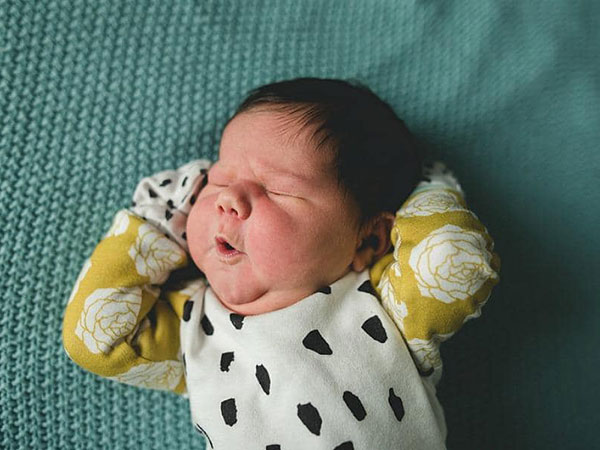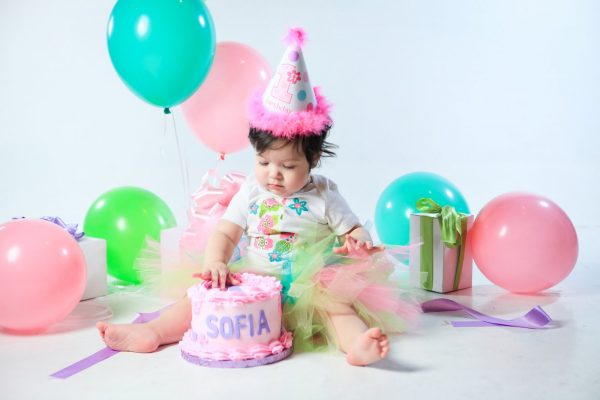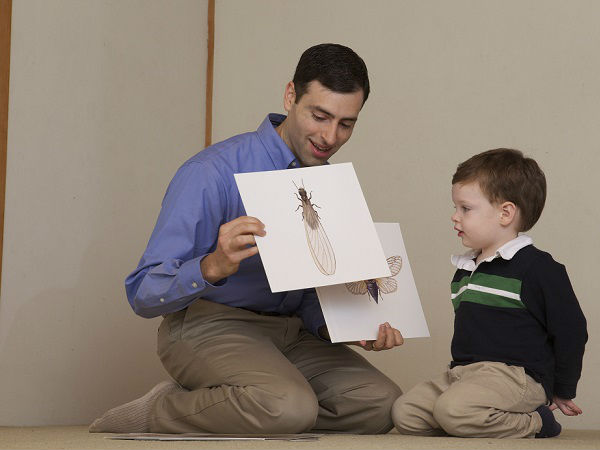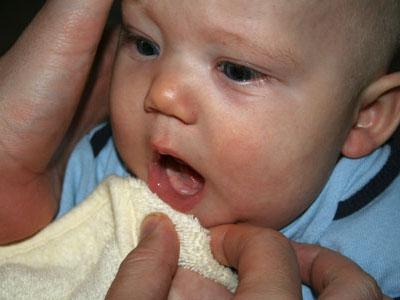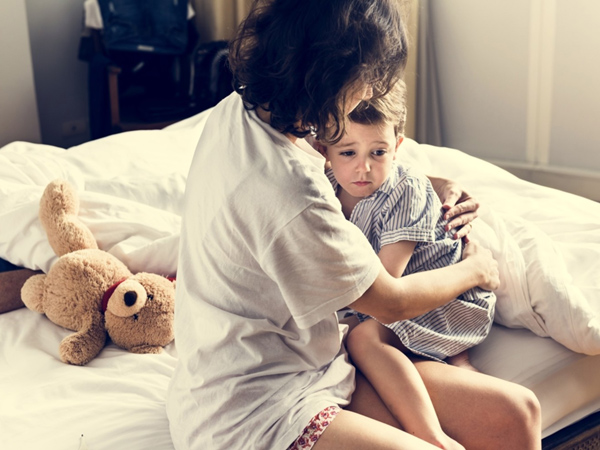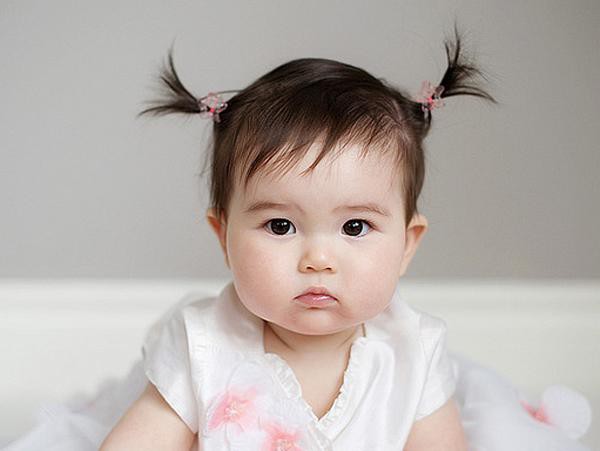DIY Montessori teaching at home for infants in the 0-3 month period is not too difficult. It is a way for mothers to save money and children still have toys.
content
Characteristic of the child in the neonatal period
DIY Montessori teaching aids to develop children's vision
Recent studies have shown that infants in early life have special mental powers, which has paved the way for educational professionals. And from there, we begin to become familiar with the concept of infant education. In which the Montessori method is being widely applied.
For children at this stage, we cannot use traditional teaching methods. Education is also not provided by teachers but by the children self-perceived through their surroundings. The Montessori teaching materials in this stage are quite simple, parents can make their own children to create a unique environment, prepare and arrange a variety of visual and auditory activities. for children.
Characteristic of the child in the neonatal period
Motor capacity of infants up to 6 months after birth is limited, mainly through the senses such as sight and hearing. The child's vision is still incomplete, the child looking at everything around will be blurred but still able to distinguish light - dark, shape and movement. Colors that children can recognize better must bring contrasting elements such as white - black, red - black.
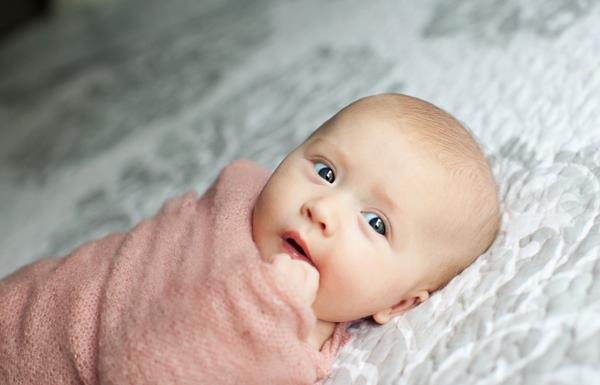
The infant's visual area is limited to only 20-30 cm
This time the child needs careful care, the surrounding environment should not be too noisy, which will reduce the child's self-observation. If you want to have fun with your baby, make sure your baby is well fed, sleeping , and in a comfortable mood. Play time with children should not last long, if you feel that your child is uncomfortable and need to stop immediately, the excessive stimulation during this period will not be good for the child.
DIY Montessori teaching aids to develop children's vision
1. Black and white picture
Materials: White hard paper, black solid paper, glue, scissors
With 2 sheets of black and white paper, first cut the black piece of paper into a long rectangle, then fold it into square pieces.
Next, you cut the white paper into any shape from simple like button beads, face icons to as complex as birds, animals, ... to attract children's eyes. Use the shaped white adhesive to cover each black square and finally, on the child's bed or on the wall near where he lies.
You should regularly change these picture covers to create a new feeling for your child. The shape of these tools also needs to be upgraded from simple to complex.
2. Crib hanging toys
Materials: 5 sponges with 5cm diameter, embroidery frame, big black markers, scissors, thick embroidery thread, a large needle (5cm longer).

Crib hangers help develop infants' feeling and concentration
Use black brush to decorate on 5 spheres. Cut threads into 5 strands of varying lengths. Pierce the foam ball with a needle, then thread the thread in and fix it on the embroidery frame. Hang in the baby's crib or somewhere where the baby usually lies.
With this cradle toy, infants are being trained to recognize, pay attention to a moving object, and follow it with their eyes.
3. Circle toys for children
Materials: A wooden necklace about 8cm in diameter, about 1cm thick to fit the child's small hand, a cloth string, a rubber band.
The simple way is to attach the rope to the elastic to create elasticity and then use the cloth string to hang the wooden circle.
Not only is the physical need for children to coordinate arms, legs, back and neck for the purpose of grasping the necklace, this game also "provides" for children a new challenge, bringing mental stimulation. when children have to think and act to get what they want.

7 toys "quality" mothers can make for themselves No need to spend "million" to buy fun for children, only with everyday objects in life, mothers can also make them for babies attractive toys. Don't miss the 7 homemade toys that will make your baby fall in love with you!
Any parent wants to bring the best to his or her children. Therefore, it is not surprising that parents turn making their own Montessori teachers to help their children develop smoothly into their endless enjoyment when pursuing Montessori early childhood education.
